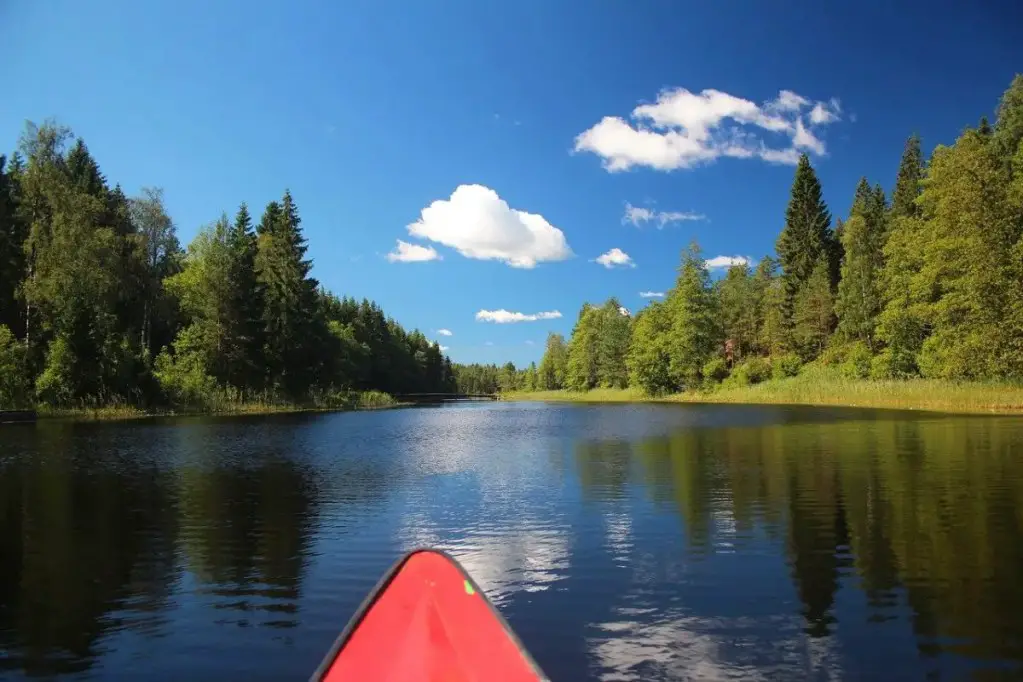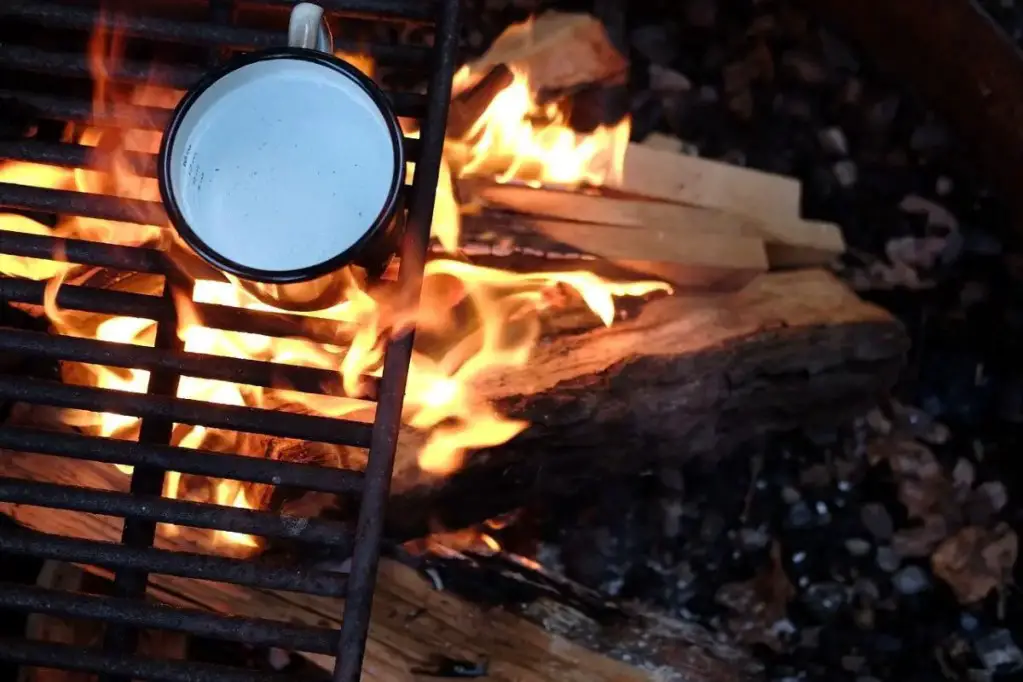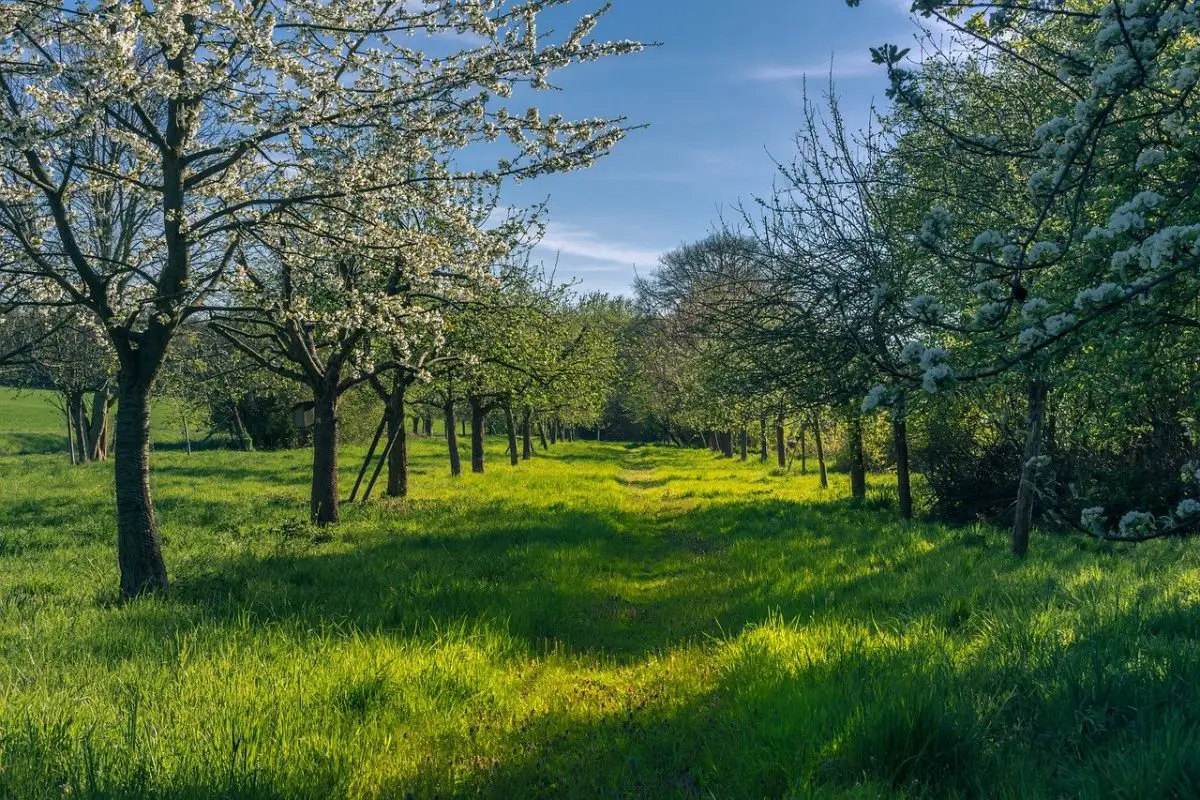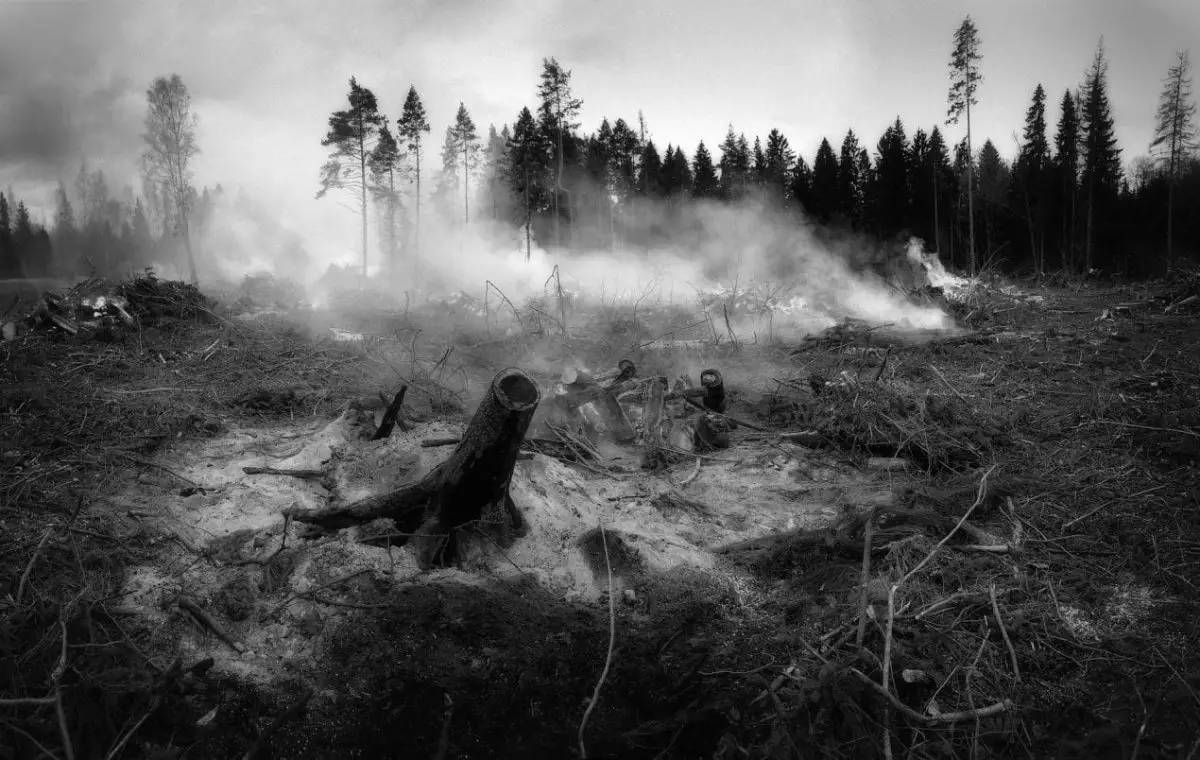It’s becoming commonplace. I’m researching something and encounter an entirely new and interesting story I’ve never heard before. In this case, this is the story of a pair of hunters and trappers who stopped to stay near the mouth of the Pigeon River before Caseville was settled. What they found when they woke the next morning is the stuff legends are made of. I hope you enjoy this small Caseville mystery.
Trapping and Hunting in the Thumb
“In the year 1841, James Gallagher, a trapper, and John Waters, afterward Captain Waters, induced by the prospect of gain and having besides a keen love for adventure, resolved to coast along the shores of Lake Huron and Saginaw Bay on hunting and trapping expedition.
It was the middle of September when they embarked on their canoe at Port Huron. It was a daring venture, but these rangers of the woods and waters were fearless, and then, too, they had a genuine love for the occupation and never seemed to tire at the paddles or oars. For days at a time, they would follow the winding courses of the rivers or penetrate the secluded retreats of the great forests in search of game.
Camping at the Mouth of the Pigeon River

Gallagher and his companion stopped at several points along the shore to hunt and trap as they came up the lake. They had secured a good share of furs by the time they reached that portion of the thumb where the village of Caseville now stands.
In the early dusk of an October evening, their canoe glided into the mouth of the Pigeon River, whose banks were covered with a luxuriant growth of oak and pine-woods. The river was winding in its course, forming, as Gallagher expressed it, three horseshoes. Finally, after half an hour’s paddling, they reached the point now known as the “rapids.”
It was too dark to go any further, so, finding a small opening in the woods, they concluded to land and form a camp for the night. After drawing up the canoe on the low bank, they soon had a comfortable camp prepared.
A thick growth of bushes behind hid the firelight from any Indians who might be near, although such savages as they had met had been friendly. After supper, they wrapped themselves in their blankets and were soon sound asleep.
A Morning Surprise

It was just breaking day when Gallagher awoke the next morning and, on looking out, was amazed to find that they had encamped in the midst of an apple orchard. On the ground and the trees about him were fine apples. He could scarcely believe that his eyes were not deceiving him.
“Wake up, John,” he called, excitedly to the other trapper, “we are in the middle of an apple orchard.”
“Nonsense, Jim, you’re dreaming,” responded his companion as he came hastily out. Waters was as much surprised as Gallagher had been at the sight.
They feasted on the ripe, luscious apples and, on their return, loaded the canoe with the fruit, from the sale of which they realized a goodly sum. Who planted these trees? That question has never been answered. They have always borne the name of the Indian apple trees, although the Indians disclaim all knowledge of them.”
Sources
This story came from the Michigan Historical Collections in 1915.
Michigan Historical Collections, Volumes 1-39 1915





By 1841, Europeans had been settled and traveling about that area for at least 150 years. It is not surprising that some would have planted orchards, and then deserted their labors when faced with other problems.